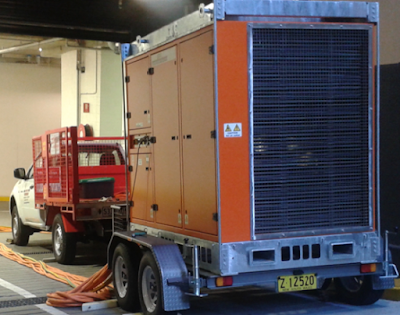Needless to say, there are lots of tools that are deemed to be vital in construction and for different reasons such as goggles, gloves and helmets for safety reasons, cement mixtures to, well mix cement and hammers, nails and spanners for obvious reasons. But if you ask any average person what a resistive or reactive loadbank is, the chances are that they won’t be able to answer it. But the fact can’t be denied that a load bank is a crucial piece of equipment on any construction site.
To put things in perspective, construction sites require a continuous source of power like electricity for the workers to finish the building on time. But it’s easier said than done because in rural areas, where will you get the power from?
Well, the answer is a power generator which is usually powered by diesel or electricity to create its own power. But what happens when the generator starts malfunctioning?
That’s where loadbanks come in. Predominantly they are used to test power sources like electric or diesel generators to ensure that they are in proper working condition. Although power generators can be extremely reliable, they can also become quite unpredictable. Precisely for this reason, a loadbank can come in extremely handy. Not only will it help diagnose the faults but will also ensure that your generators produce a continuous load of energy. They can also be used to test turbines.
To put things in perspective, construction sites require a continuous source of power like electricity for the workers to finish the building on time. But it’s easier said than done because in rural areas, where will you get the power from?
Well, the answer is a power generator which is usually powered by diesel or electricity to create its own power. But what happens when the generator starts malfunctioning?
That’s where loadbanks come in. Predominantly they are used to test power sources like electric or diesel generators to ensure that they are in proper working condition. Although power generators can be extremely reliable, they can also become quite unpredictable. Precisely for this reason, a loadbank can come in extremely handy. Not only will it help diagnose the faults but will also ensure that your generators produce a continuous load of energy. They can also be used to test turbines.






